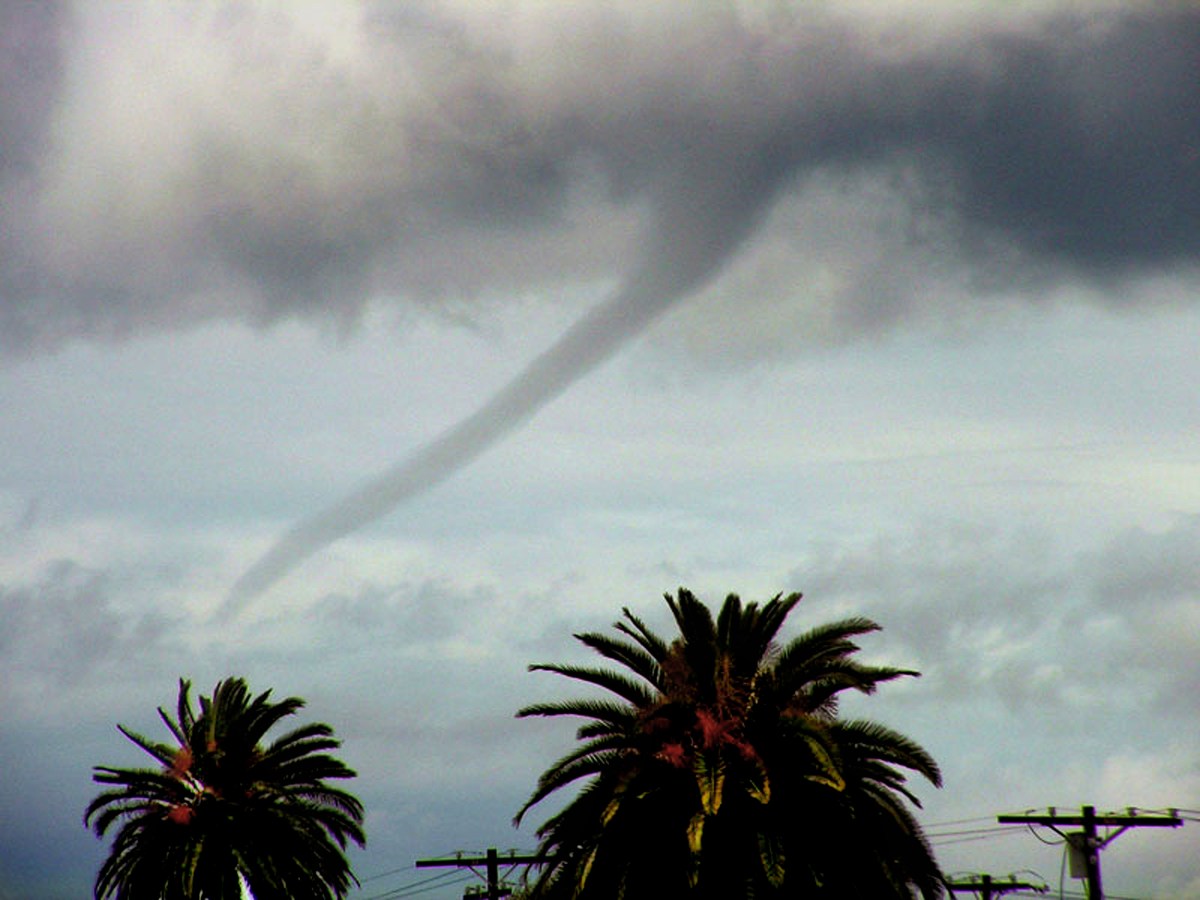Introduction
A powerful tornado has recently swept through Northern California, leading to a state of emergency as communities prepare for the aftermath of this unprecedented weather event. The destructive force of nature has raised significant concerns regarding climate resilience and emergency preparedness in a region typically known for its sunny skies and mild weather. This article explores the implications of the tornado, the current state of emergency response, and the broader context of climate change and its impact on weather patterns in California.
The Tornado Event: Overview and Impact
The tornado that struck Northern California was not only powerful but also unusual for the region, known more for earthquakes and wildfires than for tornadoes. The National Weather Service reported that the tornado reached wind speeds of over 100 miles per hour, causing extensive damage to both infrastructure and homes. Initial assessments indicate that several neighborhoods were left without power, trees were uprooted, and numerous buildings sustained significant damage.
Emergency Response and Community Preparedness
In response to the tornado, local and state authorities have declared a state of emergency. This declaration enables quicker access to federal resources and assistance for affected communities. The Governor of California, in a press conference, emphasized the urgency of the situation and the need for residents to stay informed and prepared for further weather disturbances.
Emergency response teams have been mobilized to conduct search and rescue operations, assess damage, and provide support to displaced residents. Shelters have been established in schools and community centers, offering refuge and resources for those affected.
Climate Change and Extreme Weather Patterns
This tornado event has reignited discussions about climate change and its role in altering weather patterns. While tornadoes are more common in the Midwest, climate scientists have noted an uptick in severe weather events across the United States, including the West Coast. The Intergovernmental Panel on Climate Change (IPCC) has warned that as global temperatures rise, the frequency and intensity of extreme weather events are likely to increase.
- Increased Temperature: Warmer temperatures can lead to more moisture in the atmosphere, creating conditions conducive to severe storms.
- Changing Weather Patterns: Shifts in wind patterns and jet streams can result in unusual storm tracks, bringing tornadoes to regions where they are rarely seen.
- Local Impacts: In California, the combination of drought conditions and extreme precipitation can create volatile weather scenarios, increasing the risk of tornado formation.
The Role of Emergency Preparedness
The unprecedented nature of this tornado highlights the need for improved emergency preparedness in California. Many communities are not equipped with the same level of tornado readiness as those in traditional tornado-prone areas. Key aspects of preparedness include:
- Public Education: Increasing awareness about tornado risks and safety protocols is essential. Local governments can hold workshops and distribute materials that outline what residents should do in the event of a tornado.
- Infrastructure Resilience: Building codes may need to be updated to ensure that structures can withstand high winds and extreme weather events.
- Emergency Plans: Local governments should develop comprehensive emergency response plans that include evacuation routes, communication strategies, and resource allocation for rapid response.
Lessons Learned and Future Implications
The tornado event serves as a wake-up call for California, pushing the state to reconsider its approach to weather-related emergencies. As climate change continues to influence weather patterns, it is crucial for state and local governments to adopt a proactive stance in addressing these challenges.
Community Engagement and Involvement
Community involvement is vital in building resilience against future storms. Residents should be encouraged to participate in planning and preparedness activities, fostering a culture of safety and awareness. Initiatives could include:
- Community drills and simulations to practice emergency responses.
- Neighborhood watch programs that help monitor severe weather conditions.
- Partnerships with local organizations to provide resources and support for vulnerable populations.
Investment in Climate Resilience
To address the broader implications of climate change, California must invest in climate resilience initiatives. This includes funding for research on climate impacts, improving forecasting technology, and enhancing infrastructure to withstand severe weather.
Conclusion
The tornado that struck Northern California has underscored the urgent need for enhanced emergency preparedness and resilience in the face of changing weather patterns. As communities recover from this violent event, it is imperative to learn from the experience and take actionable steps toward improving safety measures and preparedness for future storms.
By fostering a culture of awareness, investing in infrastructure, and engaging communities, California can better equip itself to handle the challenges posed by an uncertain climate future. The lessons learned from this tornado may ultimately pave the way for a more resilient state, ready to face the fury of nature head-on.
See more Your Daily Weather



